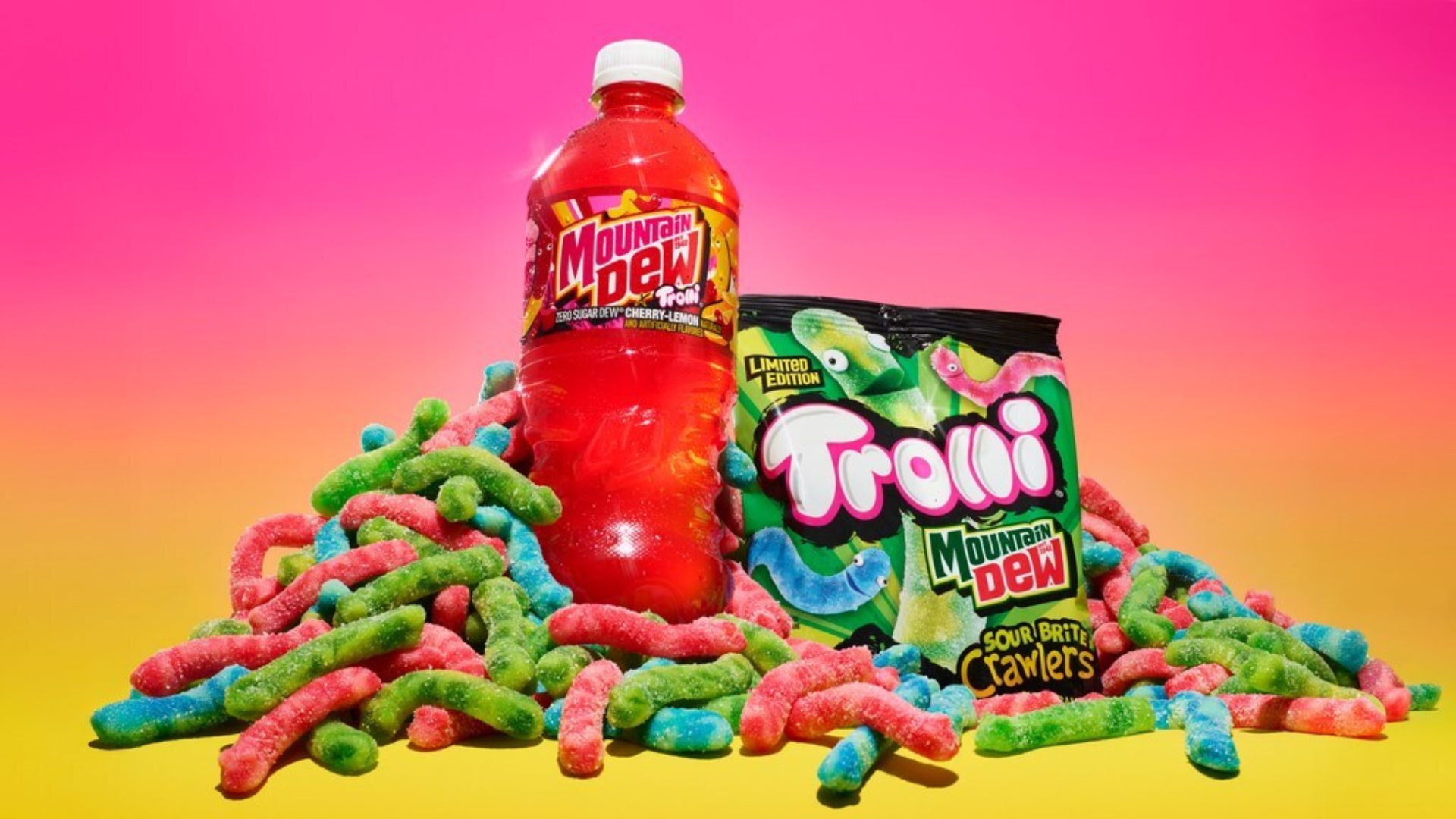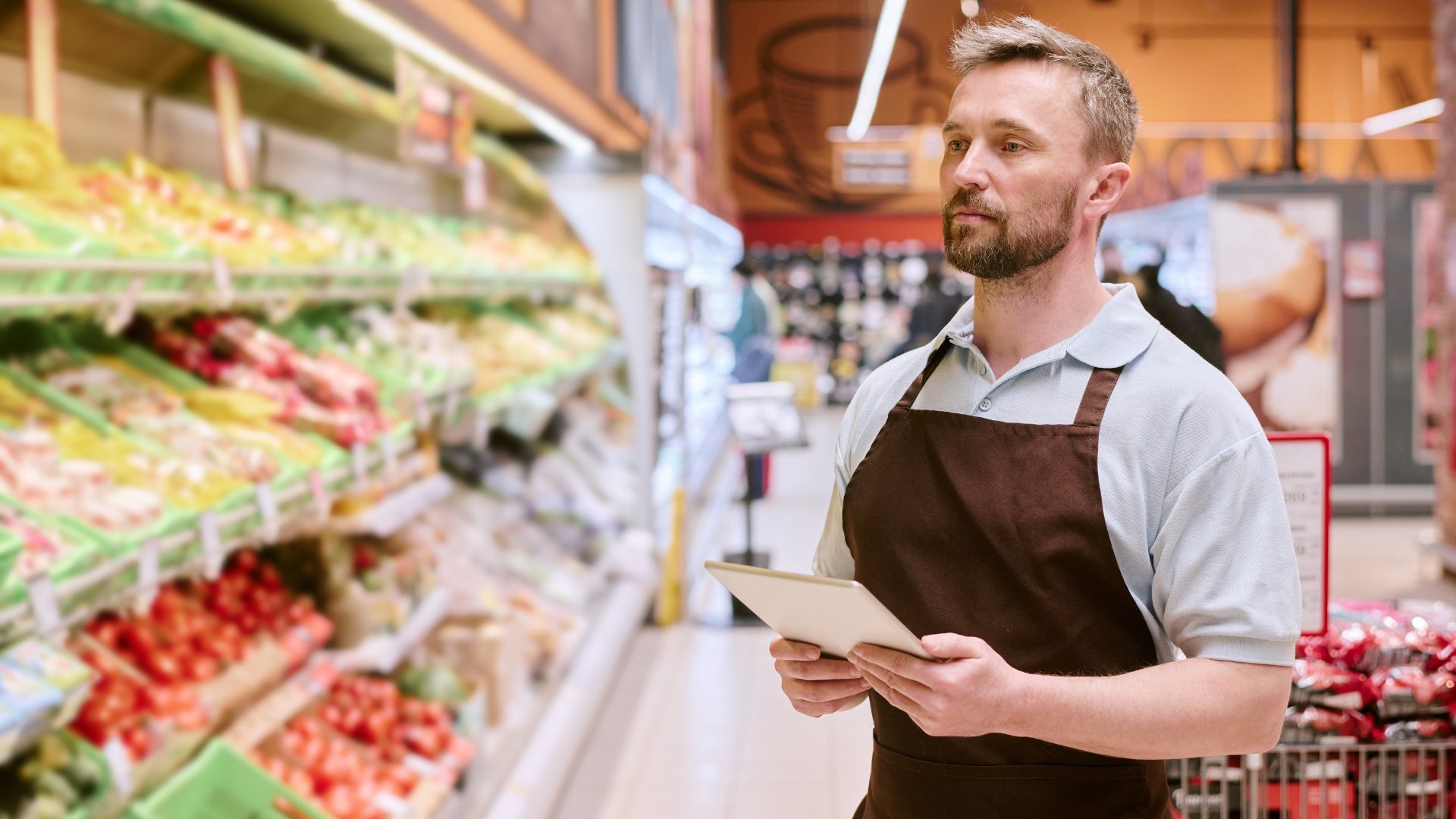Miller Lite-flavored chips? Mountain Dew-flavored gummy worms? Guinness-flavored ice cream? It seems product collaborations are being taken to a new level in what marketing experts say could be a win-win for all involved.
The recent explosion in odd pairings has been made possible by the internet and social media.
“Digital platforms have made it more feasible, especially because of the ‘drip’ ecosystem it creates,” Reilly Newman, founder of Motif Brands, told The Food Institute. “A viewer may engage with the brand in one context through an ad, then see another touchpoint, potentially exposed through the lens of the collaborating brand.
“On average, it takes 10-13 of these ‘drips’ to influence a purchase decision, so the cross-pollination between brands on scale via social media makes sense.”
The outrageous and off-the-wall nature of these collaborations is designed to appeal to the algorithmic preferences of social platforms, Newman added.
“Since the [collaborations] are weird or even seem gross, people are more likely to engage with, share or be pushed to try them.”
Food Dive reported Trolli is teaming up with Mountain Dew to create two unique collaborations: Mountain Dew Sour Brite Crawlers gummy candy and Mountain Dew Zero Sugar x Trolli Cherry Lemon soda. Chad Womack, brand director at Trolli, said the gummies, which debut Aug. 25, deliver the taste of Mountain Dew in a new way.
“Working together allows businesses to combine efforts, extend reach within each brand’s customer base, potentially share data, save on marketing budgets overall by piggybacking each other’s campaigns and sharing costs, possibly adjust and improve brand positioning by aligning with other trusted brands and most of all generate new or refreshed interest by offering something new and exciting to a new audience,” said Odi Caspi , founder of Happy PPC.
In other partnerships, Mondelēz International and Hershey’s are rolling out Reese’s Oreo cups and cookies, Pringles plans a Miller Lite chip and Van Leeuwen is teeing up a Guinness-flavored ice cream, Food Dive said.
“The collaborations are social experiments in a hectic space,” said Paul DeMott, chief technology officer at Helium SEO. “When the supply of 100,000 units is sold out within a few minutes and the online engagement rate rises by 25 percent, this is the sign that the campaign has been successful.
“These are less about flavor innovation, and more about being in the correct place and time in the attention economy.”
DeMott said successful collaborations will move the product out in weeks, not months, and will generate millions of impressions at a fraction of what a typical rollout would cost.
“The collaboration itself becomes the story and this is published by the fans, freely. The value of the marketing is not in the sale but the coverage of overlapping audiences,” DeMott said.
Collaborations tend to work best when the potential rewards are reciprocal and each partner puts significant effort into the project.
“It’s effective when both brands drive awareness on all social media, digital and print (if applicable) platforms as well as utilizing each other’s email database,” Caspi said. “It’s important to ensure any partnerships are well researched and tested before being pursued, to ensure they are the right fit and the products or services will be a beneficial relationship with the correct target audience and solutions.”
The Food Institute Podcast
How will the One Big Beautiful Bill Act (OBBBA) impact your food business? Unraveling the implications of new legislation is never easy, but Patrick O’Reilly and Jeff Pera of CBIZ explain how provisions of the bill related to no tax on tips, depreciation and expensing of capital purchases, and research and development will impact the industry.












